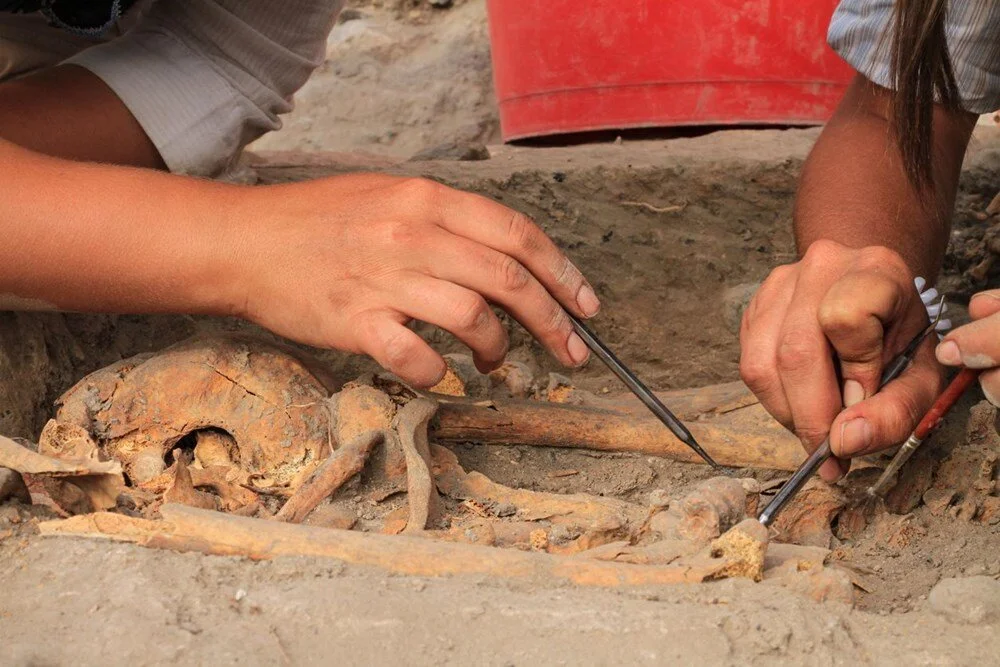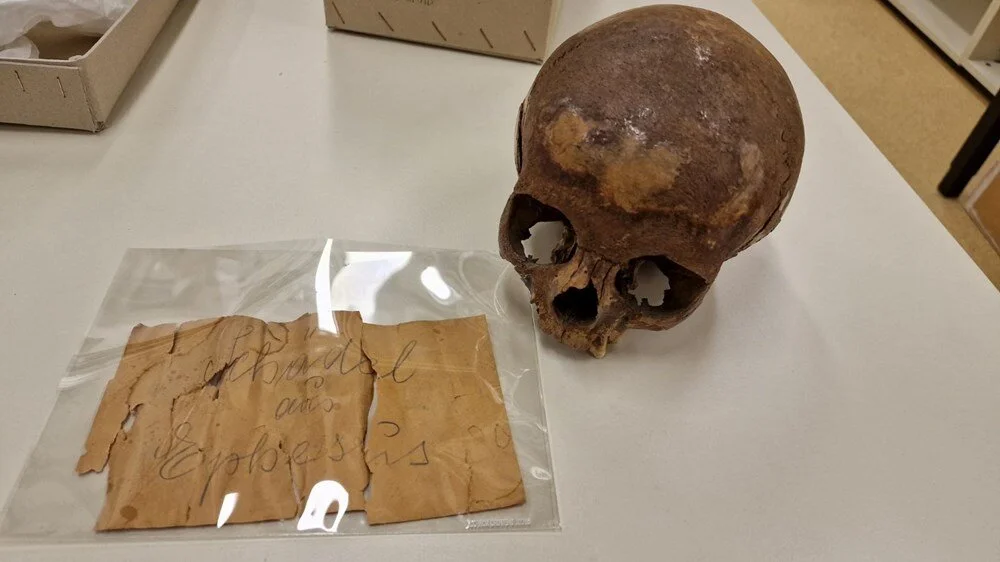
Skull Found 100 Years Ago Not Belonging to Cleopatra’s Sister Revealed
A recent study has revealed that a skull found in Izmir in 1929, which was long thought to belong to Cleopatra’s sister IV. Arsinoe, actually belongs to a young child.
In 1929, archaeologists discovered the skull in the Oktagon structure at the ancient city of Ephesus. Later, in 1982, the rest of the skeleton was uncovered in the same area. Initial examinations suggested that the skeleton might belong to VI. Arsinoe, the stepsister of Cleopatra VII.
However, a research team from the University of Vienna and the Austrian Academy of Sciences has determined that the skull actually belonged to a child. Their findings indicate that the skeleton likely belonged to a child aged between 11 and 14 years and showed signs of an unknown developmental disorder.

Using radiocarbon dating, researchers found that the skull dates back to between 205 and 36 BC. They also confirmed that the skull and the later discovered skeleton belonged to the same individual.
While early findings hinted that the skull could belong to Arsinoe, further investigation revealed surprising results. The analysis of the skull’s development led researchers to conclude it belonged to a child aged 11-14 years.
Gerhard Weber, the lead author from the University of Vienna, stated, “Re-tests on the skull and femur clearly showed the presence of the Y chromosome, indicating that this individual was male.”

Researchers also noted some anomalies in the skull. Typically, cranial sutures fuse by the age of 65, but one of these sutures had already closed, resulting in an asymmetrical shape. The most notable finding was the underdeveloped upper jaw. Investigations revealed that the child likely experienced chewing difficulties and had cracks in one of the molars due to excessive pressure.
While the exact causes of these conditions remain unclear, scientists suspect a vitamin D deficiency or a genetic disorder. Unfortunately, there is not enough DNA evidence to confirm this.
The mystery of why this child was buried in such an important location as the Oktagon remains unsolved. Arsinoe, the youngest sister sharing the same father, led the Siege of Alexandria against her sister Cleopatra and Julius Caesar in 48-47 BC. After losing the battle, Arsinoe and her forces sought refuge in the Temple of Artemis in Ephesus. She was executed on the orders of Roman general Marcus Antonius and died in 41 BC.
You may also like
- A 1700-year-old statue of Pan unearthed during the excavations at Polyeuktos in İstanbul
- The granary was found in the ancient city of Sebaste, founded by the first Roman emperor Augustus
- Donalar Kale Kapı Rock Tomb or Donalar Rock Tomb
- Theater emerges as works continue in ancient city of Perinthos
- Urartian King Argishti’s bronze shield revealed the name of an unknown country
- The religious center of Lycia, the ancient city of Letoon
- Who were the Luwians?
- A new study brings a fresh perspective on the Anatolian origin of the Indo-European languages
- Perhaps the oldest thermal treatment center in the world, which has been in continuous use for 2000 years -Basilica Therma Roman Bath or King’s Daughter-
- The largest synagogue of the ancient world, located in the ancient city of Sardis, is being restored











Leave a Reply